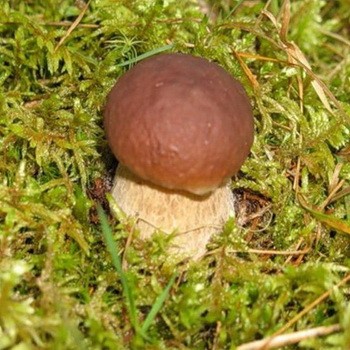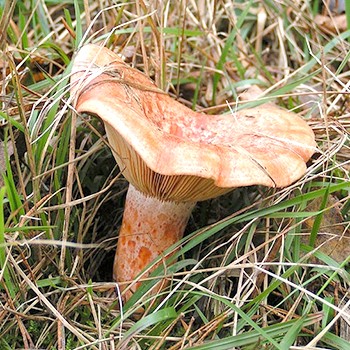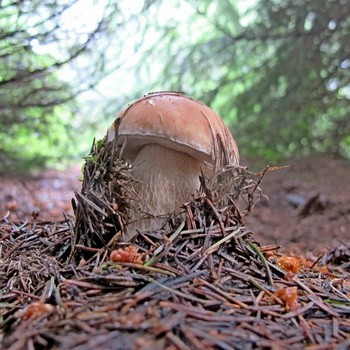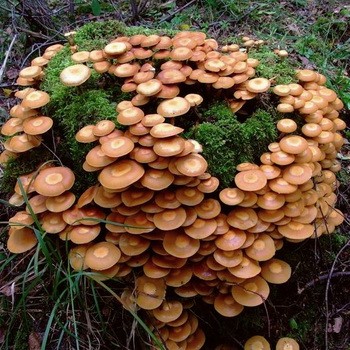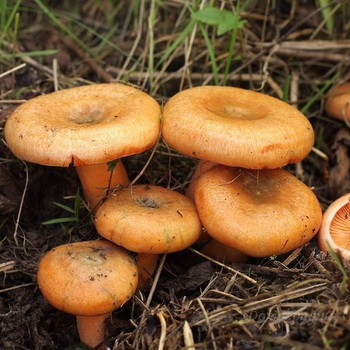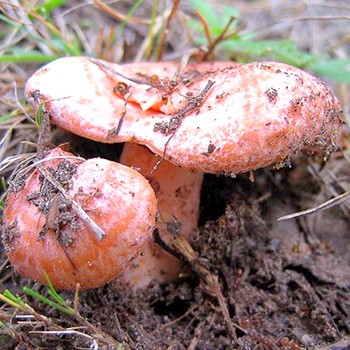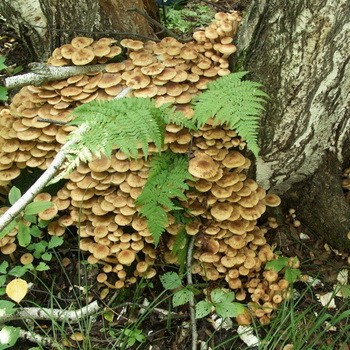Favorite places of growth of porcini mushrooms
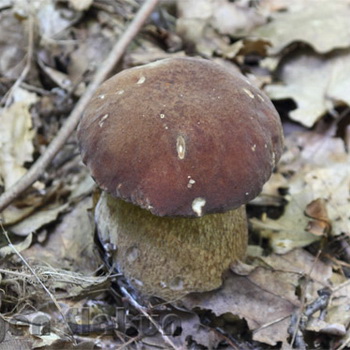
It should be noted that ceps are considered to be very useful and delicious gifts of the forest. They got their name because of the hat, which does not change color even after processing, including drying. Borovik always remains white, but other types of mushrooms change their color. In addition, the taste and nutritional qualities of these fruiting bodies are at their best. The mushroom contains vitamin C, B, D, as well as carotene and riboflavin, which strengthens hair, nails and skin. In addition, they include lecithin, which helps with atherosclerosis and increases hemoglobin.
Content
In what places do you need to look for ceps?
Few people know the places of growth of porcini mushrooms, so in this article we will tell you where you can collect these fruiting bodies. Rainy weather is the best suited for collecting mushrooms. A distinctive feature of the cep is its habitat next to fly agaric. What places does the cep choose and where is it better to collect it? Note that if a lot of horsetail grows in the forest, boletus is almost never found there.
Every mushroom picker knows that all fruiting bodies love heat and moisture. If the weather is hot in summer, then they can be found under the bushes and in the grass. In autumn, mushrooms grow in open places, under the sun.
Mushroom pickers with experience always have an idea in what places you need to look for ceps, because they are not found in all forests. For example, pine forests or birch groves have always been famous for boletus. Here they do not grow alone, but prefer large clusters. If you find one boletus, do not rush to leave, because there are probably more specimens nearby.
What other places like porcini mushrooms?
The following fact indicates which places the porcini mushroom likes. I must say that in young forests, which are not yet 20 years old, you will not meet boletus. But pine forests, coniferous and deciduous with a predominance of birches, which are more than 30 years old, are famous for the abundance of this delicacy.
But it is important to remember that in the spring you will never find mushrooms. This mushroom grows in summer and autumn, so for it the harvesting season begins in late June and continues until the end of October. If the spring was warm and rainy enough, then the white mushroom can be found in the month of May. But if the autumn turned out to be frosty, then in October you will not meet boletus. We offer you to watch a video showing in which forest ceps grow:
Under favorable conditions, all fruiting bodies grow very quickly, and porcini mushroom is no exception. A small mushroom weighing only 3 g can increase in weight up to 300 g in 5 days. Often you can also find large specimens weighing 600 g. However, a mushroom from 150 to 300 g is considered ideal. Large mushrooms are poorly absorbed by the human body, since they too much fiber. Small specimens are absorbed easier and faster, but they have fewer vitamins. Therefore, when collecting porcini mushrooms, decide for yourself.
Favorite places where porcini mushrooms grow
Forests with a predominance of birch and oak, as well as pine forests and spruce forests, are considered to be favorite places for the growth of porcini mushrooms. Mushroom mycelium penetrates deep into the roots of trees, from which both types of plants receive mutual benefit. However, it is worth noting that the white mushroom is a capricious fruiting body. It is too sensitive to temperature changes in the territory where it grows. Humidity and other climatic parameters are the main reason for what kind of porcini mushroom crop should be expected.
If the weather is sunny and warm, the porcini mushroom grows rapidly. Full ripening takes several days, after 10-12 days the fruit body begins to age: unique taste qualities are lost, worminess and accumulation of toxic products increase.
Therefore, in order to catch the period of collection of mushrooms, you need to prepare in advance for a "silent hunt." Everyone simply needs to know the places where ceps grow, and feel free to go in search of them.
In what forests porcini mushrooms grow (with photo video)
We suggest that you familiarize yourself with the photo showing the forests in which porcini mushrooms grow. These fruiting bodies are common throughout the world. The exception is Australia and the Arctic latitudes. Sometimes this mushroom is found in Kamchatka and Chukotka. Actively found in large colonies in the Siberian taiga. However, the richest harvests can be found in the vast mixed forests of the European part of Russia. White mushroom feels great in those places where there are many mosses and lichens. Mixed forests with trees such as birch, oak, hornbeam, fir, pine and spruce are considered especially favorite places for ceps.

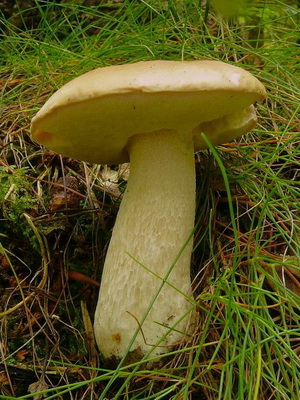
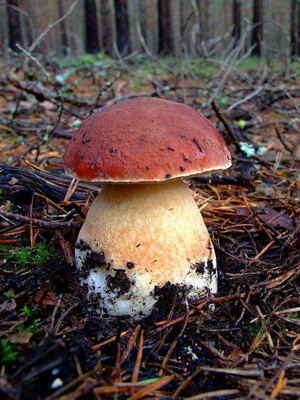

Mushroom pickers distinguish several types of porcini mushroom: dark bronze, birch, pine and spruce. Each porcini mushroom has growth sites characteristic of its species. For example, dark-bronze boletus prefers oak groves, hornbeam or beech forests. Birch white mushroom loves birch groves and forests, especially along forest roads and at the edges. The collection season is from early June to the end of October. Pine species of boletus grows in pine forests, where there are many pine trees, rarely found in spruce forests. Spruce white mushroom grows in fir and spruce forests. It begins bearing fruit in late June and bears fruit until October.
Now you know in what places and where ceps grow, so you can easily go looking for them.
